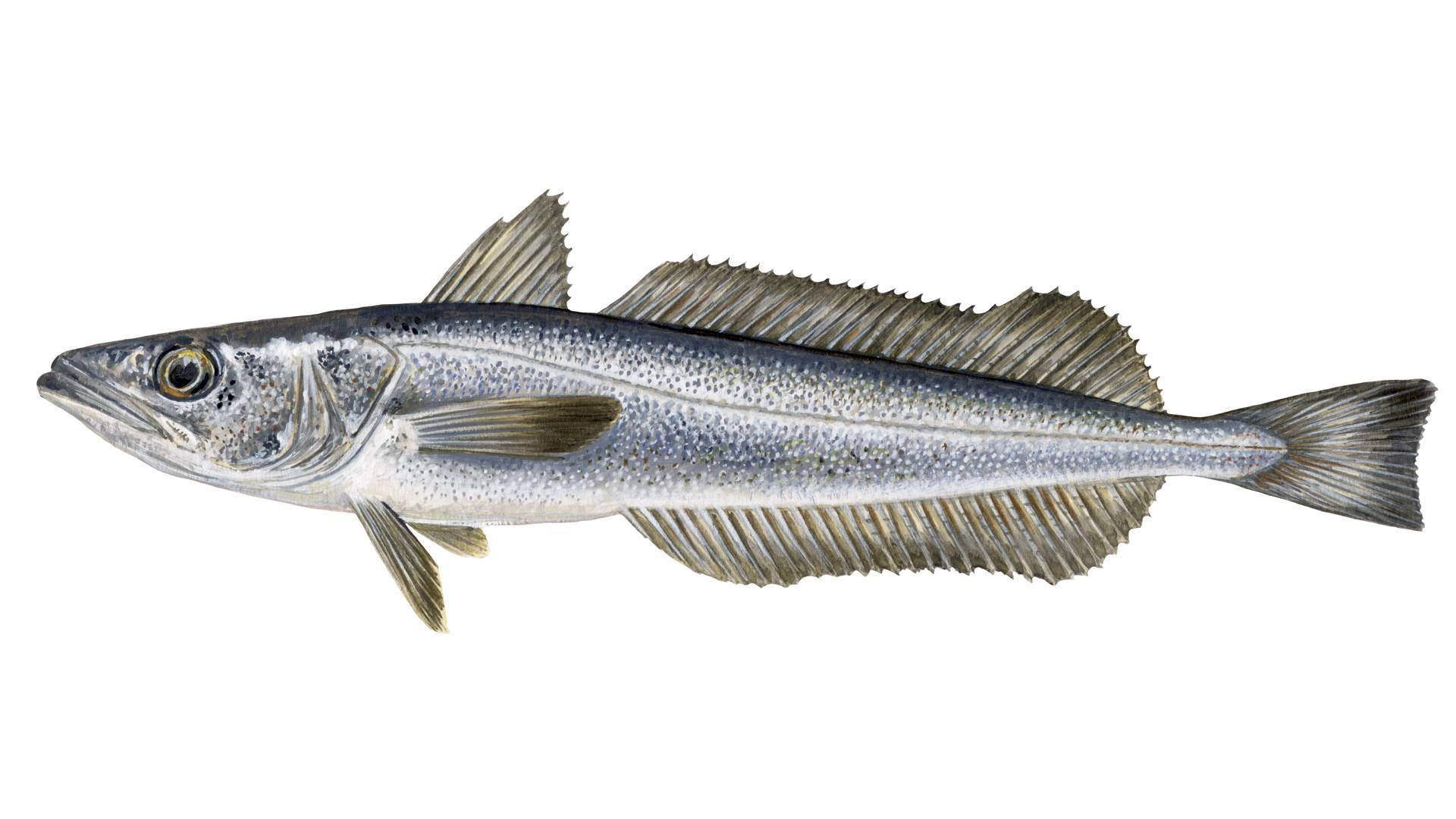Hake is a type of fish that belongs to the same family as cod and haddock. It is found in the cold waters of the North Atlantic and is commonly caught off the coasts of Europe and North America. Hake has a similar appearance to cod and is known for its mild and delicate flavor. It has tender, white flesh that flakes easily when cooked. Hake is often used in fish and chips, seafood stews, and other dishes where a mild-flavored fish is desired.
Know More About: what is hake fish
Hake Fish: A Delicate and Flavorsome Delight
Introduction:
When we think of seafood, fish is often the first thing that comes to mind. With its abundance of varieties, flavors, and health benefits, fish has become a staple in many culinary traditions worldwide. Among the vast sea of fish species, one particular type stands out for its delicate texture and exquisite taste – hake fish.
Origin and Distribution:
Hake fish, scientifically known as Merluccius, is a popular silvery fish that belongs to the Merlucciidae family. It inhabits the cool coastal waters of the North Atlantic and is found along the eastern and western coasts of the United States, Europe, and South America. Hake is sought after by both commercial and recreational fishermen due to its distinct flavor and versatility in culinary applications.
Appearance and Characteristics:
Hake fish boasts a slender, elongated body with a silver-gray color that shines under the light. It features a defined lateral line running along its sides, which adds to its aesthetic appeal. Compared to other fish varieties, hake tends to have a milder and less pungent aroma, making it a favorite choice among those with sensitive taste buds.
Flavor Profile and Culinary Uses:
One of the key reasons why hake fish has gained popularity across the globe is its delectable flavor profile. With its delicate and tender flesh, hake boasts a subtly sweet taste that pleases even the most discerning palates. Its mild flavor makes it highly adaptable to various cooking techniques and preparations. Whether you opt for baking, grilling, frying, or even poaching, hake remains firm and succulent, ensuring a delightful culinary experience.
Due to its versatility in the kitchen, hake fish is featured in a wide range of cuisines worldwide. In Mediterranean countries, it is often seasoned with fresh herbs, olive oil, and lemon juice, then grilled to perfection. In Spain, hake is a star ingredient in their beloved dish, “Merluza a la Gallega,” which combines hake fillets with potatoes and a garlic-infused broth.
Health Benefits:
Besides its tantalizing taste, hake fish also offers numerous health benefits. Rich in lean protein, hake supplies the body with essential amino acids necessary for building and repairing tissues. Moreover, it is an excellent source of vitamins B6 and B12, which play crucial roles in maintaining a healthy nervous system. Additionally, hake contains omega-3 fatty acids that promote heart health and reduce inflammation in the body. Incorporating hake into your diet can support overall well-being while enhancing your culinary experience.
Sustainability:
In recent years, sustainability has become a significant concern when it comes to consuming seafood. With overfishing threatening certain fish populations, it is essential to choose species that are harvested in a responsible and eco-friendly manner. The good news is that hake fisheries, particularly those in the North Atlantic, are well managed and regulated, ensuring the long-term sustainability of this delectable fish.
Conclusion:
Hake fish undoubtedly deserves a place on every seafood lover’s plate. Its delicate texture, exquisite flavor, and versatility in the kitchen allow for endless culinary possibilities. Whether you enjoy it grilled, baked, or pan-seared, hake promises to deliver a flavorsome delight that will entice your taste buds. With its nutritional benefits and sustainable sourcing, this silvery fish is a true culinary gem that should grace your dinner table. So, why not embark on a gastronomic adventure and savor the wonders of hake fish?
FAQs on what is hake fish
1. What is hake fish?
Hake fish is a species of fish found in the colder waters of the Atlantic Ocean and the Mediterranean Sea. It is a slender, elongated fish with a silver-gray color and a soft, flaky white flesh.
2. Is hake fish popular for consumption?
Yes, hake fish is highly valued for its delicate flavor and mild taste. It is commonly consumed in various cuisines around the world, especially in European countries.
3. How does hake fish differ from other types of fish?
Hake fish has a similar taste and texture to cod and haddock. However, it is generally considered to have a more delicate flavor and a softer, finer texture when cooked.
4. Can hake fish be cooked in different ways?
Absolutely! Hake fish can be prepared using various cooking methods, including grilling, baking, frying, and steaming. It is also commonly used in soups, stews, and fish pies.
5. Is hake fish nutritious?
Yes, hake fish is a good source of lean protein, low in saturated fat, and contains essential nutrients such as omega-3 fatty acids, vitamin B12, and selenium. It is considered a healthy choice for those looking to incorporate fish into their diet.
6. Where can I buy hake fish?
Hake fish can be purchased at seafood markets, fishmongers, or supermarkets. It is available as whole fish, fillets, or frozen products, making it easily accessible for consumers.
7. Are there any specific cooking tips for hake fish?
To cook hake fish, it is recommended to avoid overcooking it, as it will result in dry and flaky flesh. Aim for a moist and tender result by cooking it just until it flakes easily with a fork.
8. How long does it take to cook hake fish?
The cooking time for hake fish can vary depending on the thickness of the fillets or the whole fish. As a general guideline, it usually takes around 10-15 minutes to cook hake fish at 400°F (200°C).
9. Can hake fish be used in seafood recipes?
Definitely! Hake fish is a versatile ingredient that complements various seafood dishes. It can be combined with other fish, shellfish, or even squid in recipes like fish stew, seafood paella, or fish korma.
10. Are there any sustainable options for consuming hake fish?
Yes, sustainable fishing practices are encouraged to ensure the long-term availability of hake fish. Look for labels such as Marine Stewardship Council (MSC) or Aquaculture Stewardship Council (ASC) certifications when purchasing hake fish to support sustainable fisheries.

